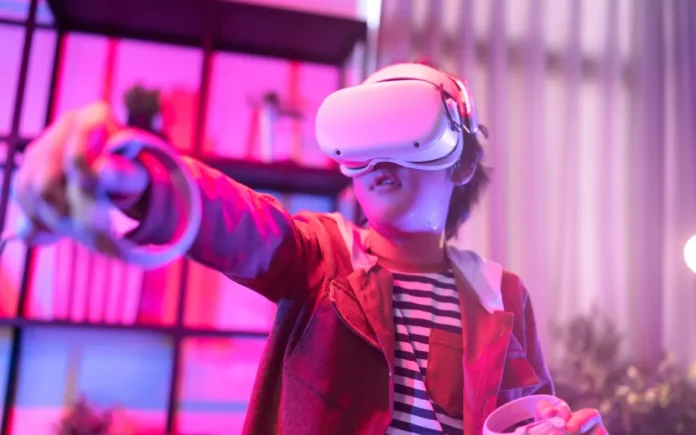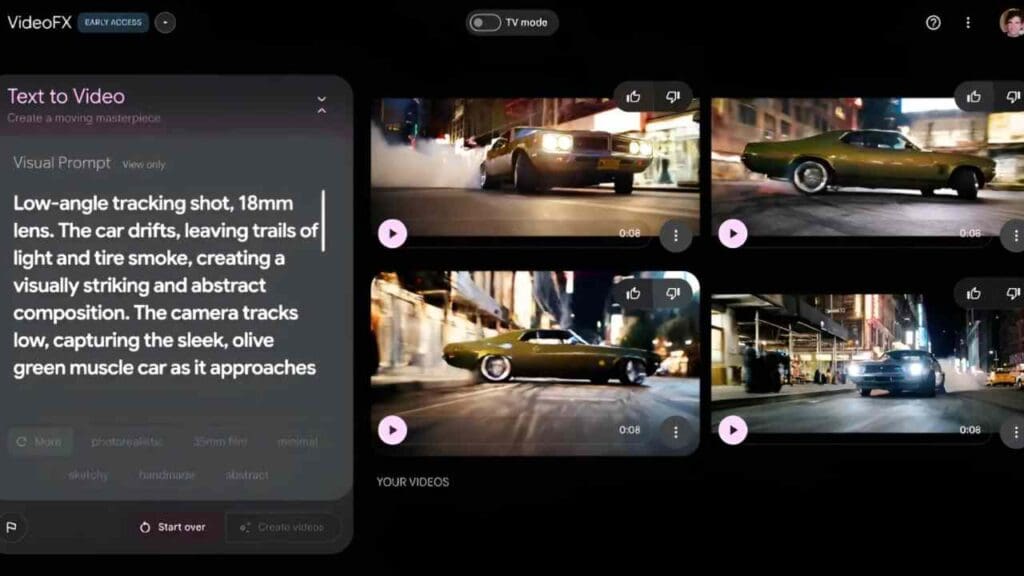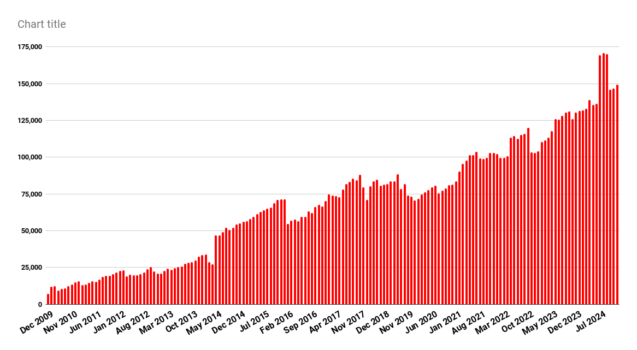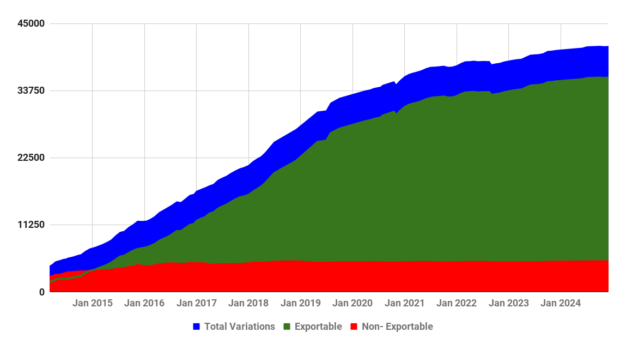The concept of luxury has been evolving for centuries, traditionally defined by tangible assets such as opulent estates, high-end fashion, and exclusive experiences. However, as we venture deeper into the 21st century, the definition of luxury is undergoing a radical transformation, driven by technological advancements and digital innovation. The metaverse—a collective virtual shared space, created by the convergence of virtually enhanced physical reality and physically persistent virtual space—emerges as the new frontier for luxury. This article explores how digital luxury is being unveiled in the metaverse, examines the intersection of opulence and virtual worlds, and navigates the future of luxury in digital spaces.
Unveiling Digital Luxury in the Metaverse Realm
In the burgeoning landscape of the metaverse, digital luxury is emerging as a key player, drawing the attention of brands and consumers alike. This virtual realm offers a dynamic platform where traditional luxury items are reimagined and redefined. Digital luxury in the metaverse is not just about replicating physical goods in a virtual space; it transcends the tangible by offering unique experiences and assets that are exclusive to the digital world. From virtual real estate to digital fashion, the metaverse provides an unparalleled canvas for luxury brands to innovate and engage with consumers in novel ways.
One of the primary drivers of digital luxury in the metaverse is the creation of virtual identities. Users in the metaverse have the freedom to express themselves through avatars, which can be customized with high-end digital fashion items and accessories. Luxury brands are seizing this opportunity by designing exclusive digital collections that cater to the desires of a new generation of consumers who value individuality and self-expression. These digital assets often come with a sense of exclusivity and scarcity, much like their physical counterparts, but with the added allure of being part of a pioneering movement in the digital world.
The allure of digital luxury extends beyond fashion, encompassing virtual real estate and art. In the metaverse, owning a piece of virtual land or a digital art piece is akin to possessing a luxury asset in the physical world. These digital commodities are often limited in supply and highly sought after, driving up their value and status. The acquisition of such digital assets is not just about ownership but also about being part of an elite community that appreciates and invests in the future of digital luxury.
Furthermore, the metaverse offers luxury brands the opportunity to create immersive experiences that are not possible in the physical world. Through virtual reality and augmented reality technologies, brands can design interactive experiences that captivate and engage consumers in ways that were previously unimaginable. These experiences often blend elements of gaming, storytelling, and social interaction, creating a new dimension of luxury that is both experiential and participatory.
As the metaverse continues to evolve, so does the concept of digital luxury. The boundary between the digital and physical worlds is becoming increasingly blurred, with luxury brands exploring innovative ways to bridge the gap. This evolution is driven by a shift in consumer preferences, with a growing demand for digital-first experiences and assets that offer both aesthetic and emotional value. In this new paradigm, luxury is no longer confined to the material but extends into the virtual, where creativity and technology converge to create a new form of opulence.
Ultimately, the unveiling of digital luxury in the metaverse is a testament to the limitless potential of technology and innovation. As brands and consumers navigate this uncharted territory, the metaverse is poised to become a central hub for luxury, offering a space where the boundaries of creativity, technology, and exclusivity are constantly pushed and redefined.
The Intersection of Opulence and Virtual Worlds
The intersection of opulence and virtual worlds represents a fascinating convergence of technology, creativity, and consumerism. In the metaverse, opulence is not merely a replication of physical luxury but a reimagining of what is possible in a digital environment. This intersection offers a unique opportunity for luxury brands to expand their reach and redefine their offerings in a way that resonates with a tech-savvy audience.
One of the most intriguing aspects of this intersection is the way luxury brands are leveraging blockchain technology to authenticate and protect digital assets. Non-fungible tokens (NFTs) have become a cornerstone of digital luxury, providing a secure and verifiable way to own and trade unique digital items. These tokens ensure that digital luxury assets retain their value and exclusivity, much like physical luxury goods. The use of NFTs in the metaverse allows for the creation of limited-edition digital products that can be bought, sold, and traded, adding a new layer of exclusivity to digital luxury.
The integration of artificial intelligence (AI) and machine learning in the metaverse further enhances the luxury experience. AI-driven personalization allows brands to tailor their offerings to individual preferences, creating bespoke digital experiences that cater to the unique tastes of each consumer. This level of customization is a hallmark of luxury in the physical world, and its translation into the digital realm underscores the potential for innovation at the intersection of opulence and virtual worlds.
Moreover, the metaverse provides a platform for collaborative creativity, where luxury brands can partner with digital artists, designers, and technologists to co-create unique virtual experiences and products. These collaborations often result in groundbreaking projects that push the boundaries of what is possible in the digital realm. By embracing the collaborative nature of the metaverse, luxury brands can create a new form of opulence that is inclusive, innovative, and forward-thinking.
The social aspect of the metaverse also plays a crucial role in the intersection of opulence and virtual worlds. In this digital space, luxury is not just about ownership but also about social interaction and community building. Virtual gatherings, events, and experiences allow consumers to connect with like-minded individuals and share their appreciation for digital luxury. This sense of community and belonging adds an emotional dimension to digital luxury, making it more than just a transactional experience.
Ultimately, the intersection of opulence and virtual worlds is a testament to the transformative power of technology and creativity. As luxury brands continue to explore and innovate in the metaverse, they are not only redefining the concept of luxury but also shaping the future of consumer experiences. This intersection represents a new frontier for luxury, where the possibilities are as limitless as the imagination.
Navigating the Future of Luxury in Digital Spaces
As we look to the future, the landscape of luxury in digital spaces is poised for significant transformation. The metaverse, with its boundless possibilities, is set to become a key arena for the luxury industry, offering new opportunities for growth, innovation, and engagement. Navigating this future requires a keen understanding of the evolving consumer landscape, technological advancements, and the changing definition of luxury.
One of the key challenges in navigating the future of luxury in digital spaces is understanding the needs and preferences of a new generation of consumers. Digital natives, who have grown up with technology and social media, are driving the demand for digital-first experiences and assets. These consumers value authenticity, personalization, and interactivity, and they seek out brands that align with their values and lifestyle. Luxury brands must adapt to these changing preferences by creating digital experiences and products that resonate with this audience.
Technological advancements will play a crucial role in shaping the future of luxury in digital spaces. As virtual reality, augmented reality, and artificial intelligence continue to evolve, they will offer new ways for luxury brands to engage with consumers and create immersive experiences. These technologies will enable brands to push the boundaries of creativity and innovation, offering consumers a level of engagement and interaction that is unparalleled in the physical world.
The future of luxury in digital spaces also hinges on the ability of brands to create value and exclusivity in a virtual environment. As the metaverse becomes more mainstream, the challenge will be to maintain the exclusivity and desirability that are hallmarks of luxury. This will require brands to continually innovate and differentiate themselves in a crowded digital marketplace. Limited-edition digital products, exclusive virtual experiences, and collaborations with digital artists and creators will be key strategies for maintaining exclusivity and creating value in the metaverse.
Sustainability and ethical considerations will also play a significant role in the future of luxury in digital spaces. As consumers become more conscious of their impact on the environment, they will seek out brands that prioritize sustainability and ethical practices. Luxury brands must address these concerns by adopting sustainable practices in the creation and distribution of digital products and experiences. This includes minimizing the environmental impact of digital assets and ensuring that ethical considerations are at the forefront of digital innovation.
In conclusion, navigating the future of luxury in digital spaces requires a forward-thinking approach that embraces innovation, creativity, and consumer-centricity. As the metaverse continues to evolve, luxury brands have the opportunity to redefine the concept of luxury and create new and exciting experiences for consumers. By staying attuned to technological advancements and consumer preferences, brands can position themselves at the forefront of this digital revolution and shape the future of luxury in a way that is both meaningful and impactful.
The exploration of digital luxury in the emerging metaverse presents a compelling narrative of transformation and innovation. As the boundaries between the physical and digital worlds continue to blur, luxury is being redefined in ways that were once unimaginable. The metaverse offers a new frontier for luxury, where creativity, technology, and consumer engagement converge to create a new form of opulence. As we navigate this uncharted territory, the future of luxury in digital spaces promises to be as dynamic and exciting as the technologies that drive it. Brands that embrace this evolution and adapt to the changing landscape will be well-positioned to thrive in this new era of digital luxury.



























 /1$GLS Listing Bootstrap Plan will redefine fair launch, prioritizing community ownership over EVERYTHING.
/1$GLS Listing Bootstrap Plan will redefine fair launch, prioritizing community ownership over EVERYTHING. Less VCs & More Community
Less VCs & More Community … pic.twitter.com/NuwI8FsxY1
… pic.twitter.com/NuwI8FsxY1 $GLS (@Glacier_Labs) December 17, 2024
$GLS (@Glacier_Labs) December 17, 2024




![Operation Steel Rain – This WIP mech platformer for the Amiga looks rather cool (+DEMO) [update]](https://i3.wp.com/blogger.googleusercontent.com/img/b/R29vZ2xl/AVvXsEjc_AWN1cjoC7FJZzkJuVR6HBJMwZ7m7IvsvWrllBp5Kl9T7LFkLhmIbB_JJ38Gj0ysGlj9eZlSBGMtJhfoGyxTnLkLsXKUepRoVW2BeojFc_YvEBJlZrOe-FmFuQa4BXDGVq0SS-VbMyt1Wgq7yfjBOC2aAOl4QKnnNa6fiSzZs8XDLSxMGVr4JbVJQW0/w1200-h630-p-k-no-nu/w0uFfl.jpg?w=100&resize=100,75&ssl=1)

